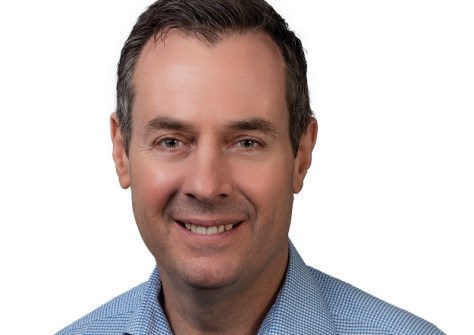
In our annual Leaders Forum, we ask the experts to look ahead into 2024. Today we talk technology with Mike Milne.
Mike Milne is the founder and CEO of Synergy Group, a company whose business activities range from positioning to robotics, construction equipment to road building, civil engineering and more.
Spatial Source: Workforce supply issues have dominated discussion in recent years. Do you think enough is being done?
Mike Milne: While there are several initiatives underway to address the workforce supply problem in the AECM sectors, more needs to be done. Governments and industry groups need to work together to promote STEM education in schools and universities, such as by funding programs, providing scholarships and developing partnerships with STEM businesses.
Companies need to develop training and apprenticeship programs to help workers develop the skills they need. These programs should be accessible to workers of all ages and backgrounds. They also need to offer competitive salaries and benefits and to create a positive work environment; this will help to attract and retain workers. And governments need to reform immigration laws to make it easier for skilled workers to immigrate.
SS: What other challenges are facing the sector, and what are the solutions?
MM: In addition to workforce supply issues, the AECM sectors are also facing several other challenges, including rising costs, supply chain disruptions, sustainability concerns and digital transformation.
Companies can address rising costs by improving efficiency, negotiating better prices with suppliers, and passing on some of the costs to customers, while governments can help by providing subsidies for businesses that adopt energy-efficient technologies. Supply chain disruptions can be addressed by companies diversifying their supply chains, building up inventory and developing contingency plans; governments can help by investing in infrastructure and supporting businesses that are developing new technologies to improve supply chain efficiency.
Companies can address sustainability concerns by using sustainable materials, designing energy efficient buildings and investing in renewable energy; governments can help by providing tax breaks and other incentives for businesses that adopt sustainable practices. Companies can address digital transformation by investing in training and education and by partnering with technology providers. Governments can help by investing in R&D and by supporting the development of new technologies.
SS: Which technologies or innovations are going to make their mark in 2024?
MM: FARO Technologies is going to make its mark in 2024 by helping the AECM sectors to address the challenges they are facing. The FARO Orbis laser scanner can be used to create highly accurate 3D scans of large areas quickly and efficiently, helping to reduce the time and cost of projects and to improve the quality of work. GeoSlam technologies can be used to create mobile 3D scans of indoor and outdoor environments, helping companies to improve the planning, execution and maintenance of projects.
FARO is developing a new reality capture platform that will enable companies to create digital twins of buildings and other structures. It is also developing new solutions for other industries, such as creating digital twins of transportation infrastructure. Overall, FARO Technologies is investing heavily in R&D and is working closely with its customers to understand their needs.
SS: What are your customers and collaborators looking for in 2024?
MM: They are looking for innovative solutions that can help them address the challenges they are facing, and for partners that can help them to adopt new technologies and to improve their operations. Specifically, to: reduce the cost of projects, improve the quality of their work, improve the safety and efficiency of their operations, reduce their environmental impact and adopt new technologies.
FARO and GeoSlam are committed to providing their customers and collaborators with the innovative solutions they need to succeed. Both companies are investing heavily in research and development and are working closely with their customers to understand their needs.
Customers and collaborators also want to be able to trust the companies they work with. They are looking for firms that are transparent about their pricing, products and services, and business practices. They also increasingly looking to work with companies that are committed to sustainability and the reduction of environmental impacts, and making a positive difference for the communities in which they operate.







